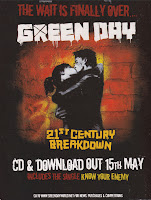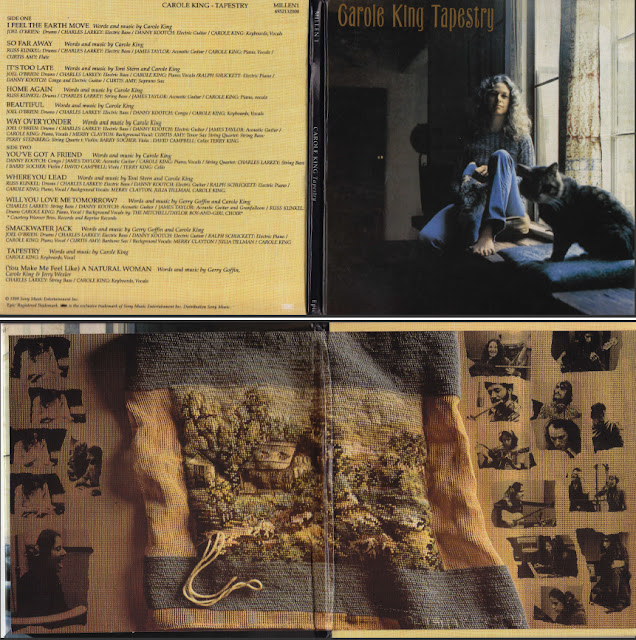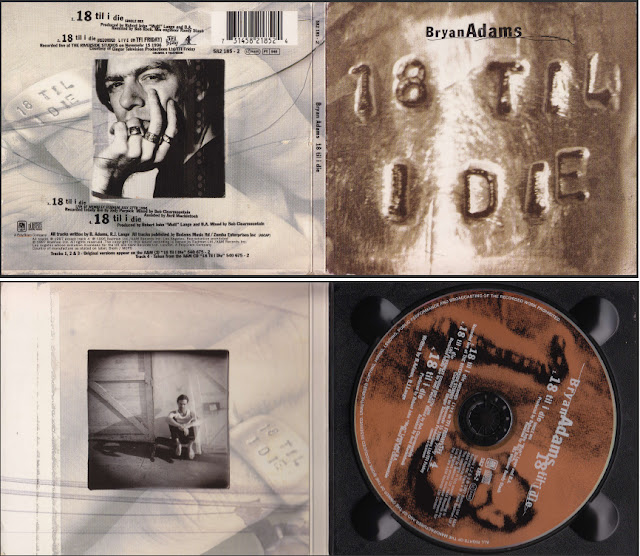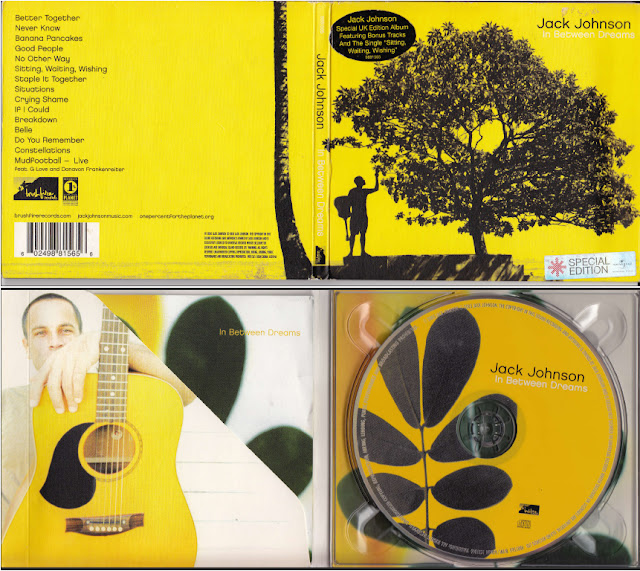Our brief was to create a promotional package for the release of an album, including a music promo video, digipak and magazine advert.
In the real world we found whilst in the research and planning stages, that separate companies can be responsible for the designing and production of these. Companies such as WeWow for example would be empoyed by a client to design and create an album cover.
Again, another different company would be employed for the design of a magazine advert and also the production of a music video.
Examples of this:
Lightenginefilms - Music video production company
This company would use a clients own ideas when creating a music video, though they may possibly have influence over the production with their own ideas and advice.
They charge £800 for a 2 hour shoot of a performance music video in one location, up to £3000 which includes much more options such as GCI and various locations for shooting.
The company does the planning with the clients assistance, the shooting, the editing. They provide the client with a DVCAM tape, data disc and DVD, they also offer help in putting the video onto youtube/vimeo etc and can submit the video for television air play.
 For the advert a client may go to an advertising agency, such as, The Image Works LTD who would offer a service to the client in creating and producing a print advert for a magazine. Then the client would have to contact a magazine to put their advert in and pay a fee which is dependent on the magazine and size of advert. For a full page in Q magazine costs £9,156.
For the advert a client may go to an advertising agency, such as, The Image Works LTD who would offer a service to the client in creating and producing a print advert for a magazine. Then the client would have to contact a magazine to put their advert in and pay a fee which is dependent on the magazine and size of advert. For a full page in Q magazine costs £9,156. A company such as WeWow would offer a design service for the album artwork as well as the production of an album case. This shows how the production of all three different products is entirely un-linked and how in the real world it would be possible for each to not create an effective combination. In order for them to wrok together there must be a reccurring theme with each which compliments the band or artists own image.
Untitled from emma graveling on Vimeo.
From audience feedback we were told that the image of a DJ works well to link the remix aspect of the album. And also that the digipak design looks to have been well thought out and is eye-catching. The contrast of black and white on the advert with the little bits of colour also works well to make it stand out. This is all positive, although given perhaps more time or rescources, we could have produced a higher quality of graphics which would have made the ancillary texts of a better standard to match the high quality of the music video.


























